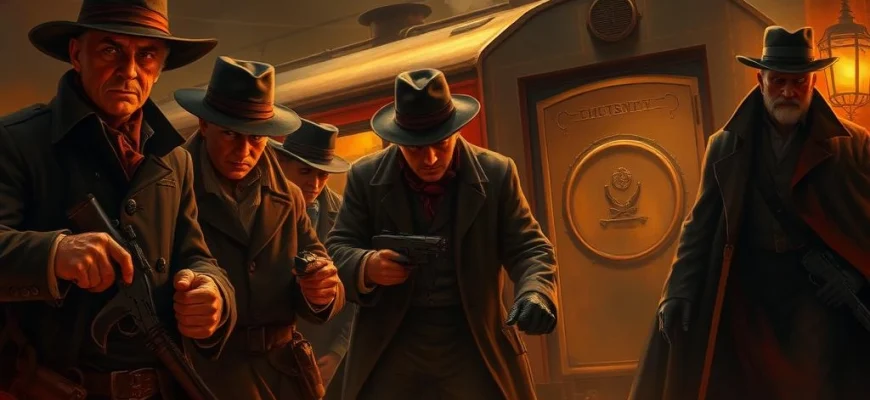If you loved the thrilling heist and period charm of 'The First Great Train Robbery' (1978), you're in for a treat! This article explores 10 similar movies and shows that capture the same excitement, clever schemes, and historical intrigue. Whether you're a fan of daring robberies, Victorian-era adventures, or suspenseful storytelling, these recommendations will keep you entertained.
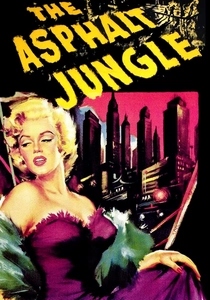
The Asphalt Jungle (1950)
Description: A gritty, character-driven heist film that explores the psychological toll of crime and the inevitable unraveling of even the best-laid plans.
Fact: The film was groundbreaking for its sympathetic portrayal of criminals. Marilyn Monroe had one of her first significant roles in this movie, though her part was relatively small.
 Watch Now
Watch Now 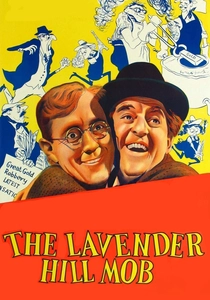
The Lavender Hill Mob (1951)
Description: A comedic take on a gold heist, featuring ordinary men executing an extraordinary crime with British wit and charm.
Fact: The film's famous Eiffel Tower miniature sequence was achieved through clever camera angles. It won the Academy Award for Best Original Screenplay.
 Watch Now
Watch Now 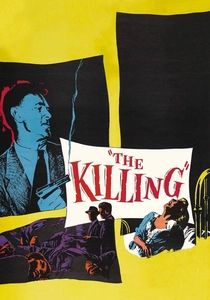
The Killing (1956)
Description: A tightly plotted racetrack heist that examines how small mistakes can unravel even the most carefully planned crimes.
Fact: Stanley Kubrick's breakthrough film was made on a shoestring budget. The non-linear narrative structure was innovative for its time and influenced countless heist films.
 Watch Now
Watch Now 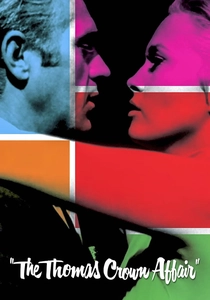
The Thomas Crown Affair (1968)
Description: A sophisticated crime story about a wealthy amateur who plans the perfect heist for sport rather than necessity, featuring clever cat-and-mouse games with authorities.
Fact: The film's innovative split-screen technique became highly influential. The chess scene between Steve McQueen and Faye Dunaway was entirely improvised.
 Watch Now
Watch Now 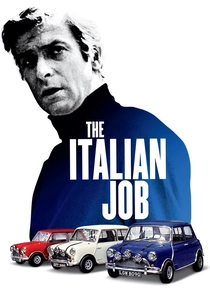
The Italian Job (1969)
Description: Features a gold heist executed with precision and ingenuity, complete with iconic vehicle chases and a focus on the technical aspects of the crime.
Fact: The film's Mini Cooper chase scene through Turin became one of the most famous car chases in cinema history. The cliffhanger ending was intentional, leaving the fate of the gold ambiguous.
 Watch Now
Watch Now 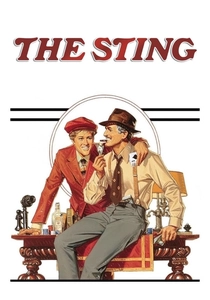
The Sting (1973)
Description: A meticulously planned heist set in the early 20th century, featuring elaborate cons, period-accurate aesthetics, and a focus on camaraderie among thieves.
Fact: The film's iconic ragtime score by Marvin Hamlisch helped revive interest in Scott Joplin's music. It won seven Academy Awards, including Best Picture.
 Watch Now
Watch Now 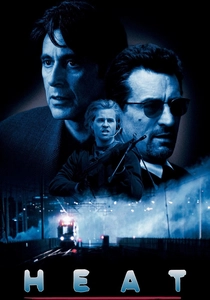
Heat (1995)
Description: Blends high-stakes heists with deep character studies, showcasing both the professional execution of crimes and the personal lives of those involved.
Fact: The downtown LA shootout scene used live ammunition sounds for authenticity, creating one of cinema's most realistic gunfight sequences. The film's runtime allowed for unprecedented character development in an action thriller.
 Watch Now
Watch Now 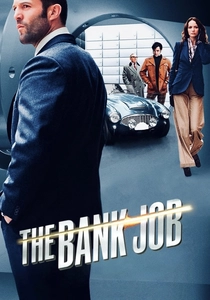
The Bank Job (2008)
Description: Based on a true story, this film depicts a carefully planned robbery with unexpected complications, blending historical context with thrilling execution.
Fact: The film's plot was inspired by the still-unsolved 1971 Baker Street robbery in London. Many details remained classified by the British government until shortly before the film's production.
 Watch Now
Watch Now 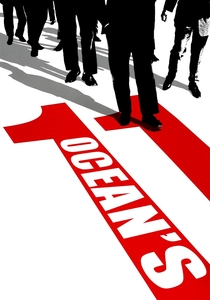
Ocean's Eleven (2001)
Description: A stylish, ensemble-driven caper with intricate planning, witty dialogue, and a focus on the thrill of the heist rather than its violence.
Fact: The film's Las Vegas heist was inspired by real casino security vulnerabilities. The cast famously bonded during filming, leading to natural on-screen chemistry.
 Watch Now
Watch Now 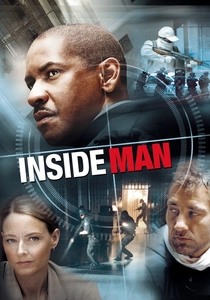
Inside Man (2006)
Description: A clever bank heist story that plays with audience expectations, featuring an intricate plan that unfolds through multiple perspectives.
Fact: The film's title refers both to the inside man in the heist and to the audience's privileged position seeing the crime from multiple angles. It was Spike Lee's most commercially successful film at the time of release.
 Watch Now
Watch Now 
